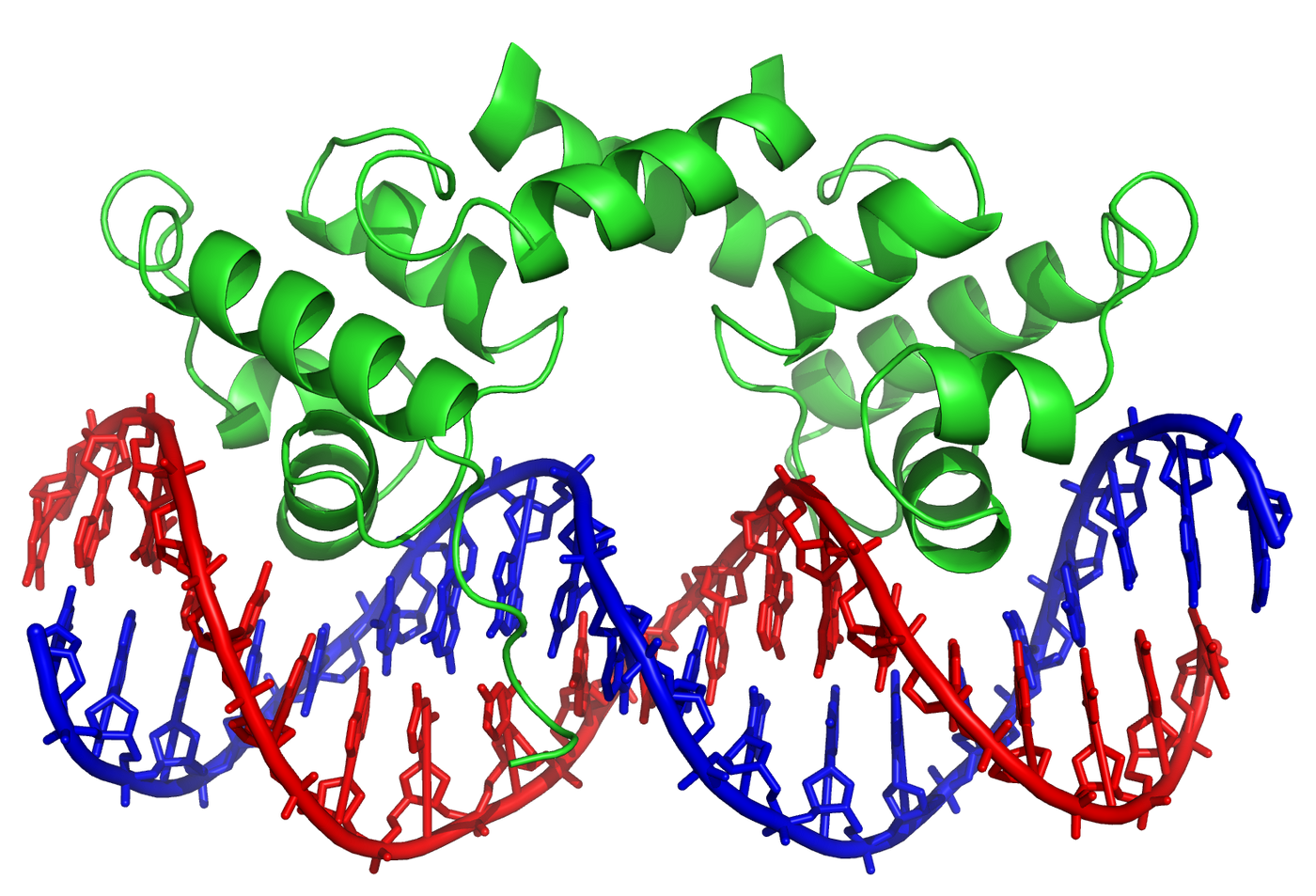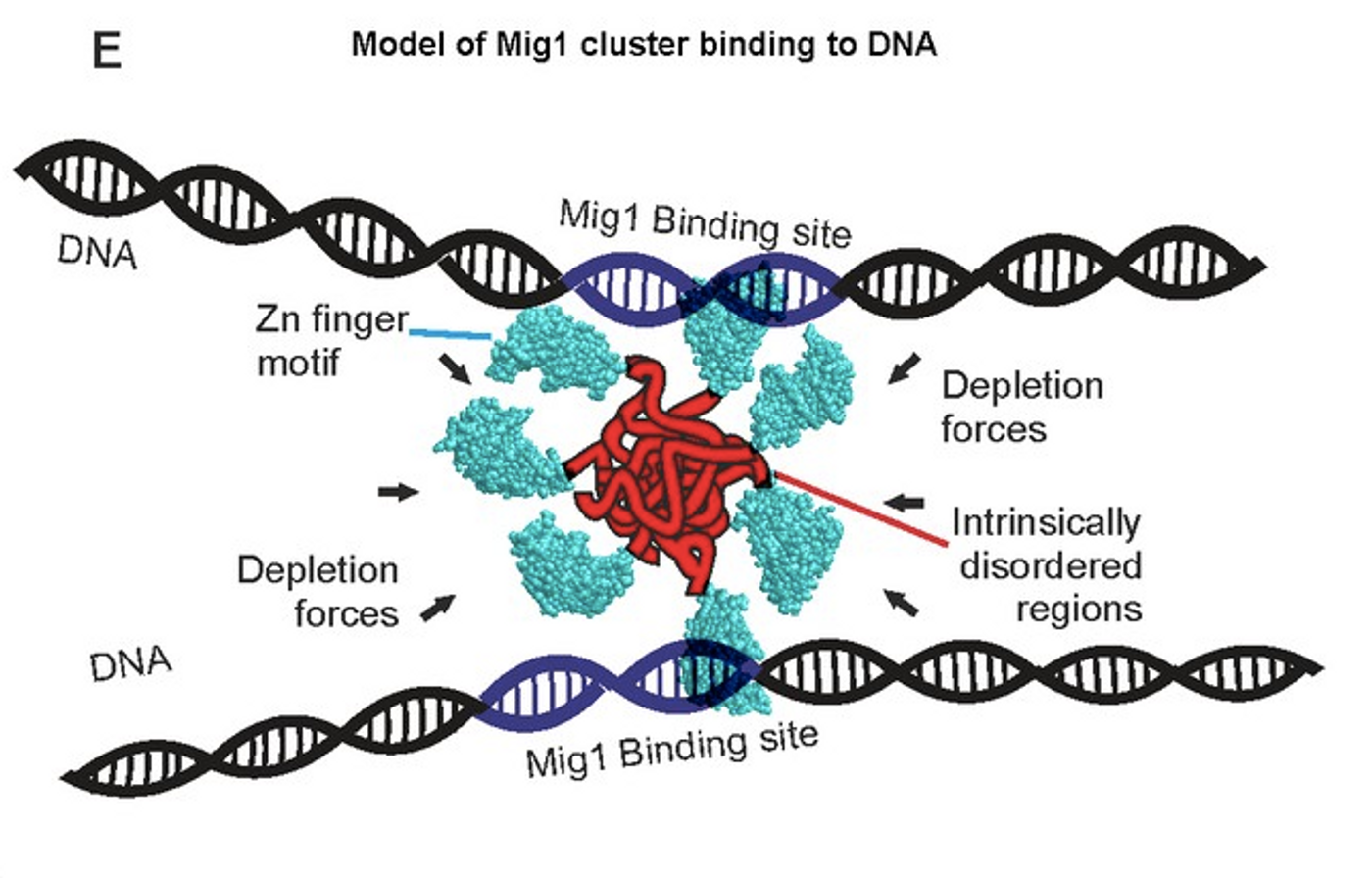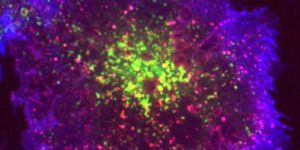New Insight Into Transcription Factors
Our DNA contains thousands of genes, and it is critical that the correct genes are expressed in the right places at the proper time. Our cells have a variety of ways to control gene expression, one of which is a special protein called a transcription factor. It had been assumed that these transcription factors were acting on their own, but new work has indicated otherwise. They apparently team up to form ovoid clusters, which are like nano footballs; these are made up of about seven to ten molecules and have a diameter of around 30 nanometers.
The investigators are hopeful that this new finding will provide other researchers in many different fields with new insights. Health problems like cancer have been associated with dysfunction in genetic regulation. The research was performed by scientists at the University of York, the University of Gothenburg, and Chalmers University of Technology, Sweden, and was reported in eLife.
For this work, an advanced type of microscopy with super-resolution was utilized to see the nano football structures in real time. The researchers used the same kind of yeast cells that are used for brewing beer and baking.
"Our ability to see inside living cells, one molecule at a time, is simply breathtaking,” said the leader of the study, Mark Leake, a Professor and Chair of Biological Physics at the University of York.
"We had no idea that we would discover that transcription factors operated in this clustered way. The textbooks all suggested that single molecules were used to switch genes on and off, not these crazy nano footballs that we observed,” he noted.
The team suggested that the molecules cluster because of an ingenious strategy the cell uses, which allows transcription factors to get to the genes that they target as fast as possible.
"We found out that the size of these nano footballs is a remarkably close match to the gaps between DNA when it is scrunched up inside a cell. As the DNA inside a nucleus is really squeezed in, you get little gaps between separate strands of DNA which are like the mesh in a fishing net. The size of this mesh is really close to the size of the nano footballs we see,” explained Leake.
"This means that nano footballs can roll along segments of DNA but then hop to another nearby segment. This allows the nano football to find the specific gene it controls much more quickly than if no nano hopping was possible. In other words, cells can respond as quickly as possible to signals from the outside, which is an enormous advantage in the fight for survival,” he concluded.
It's a remarkable explanation for how transcription factors can rapidly affect gene expression.
Learn more about the role of transcription factors from the video above, a lecture by Robert Tijan of Howard Hughes Medical Institute.
Sources: Science Daily Via University of York, eLife










